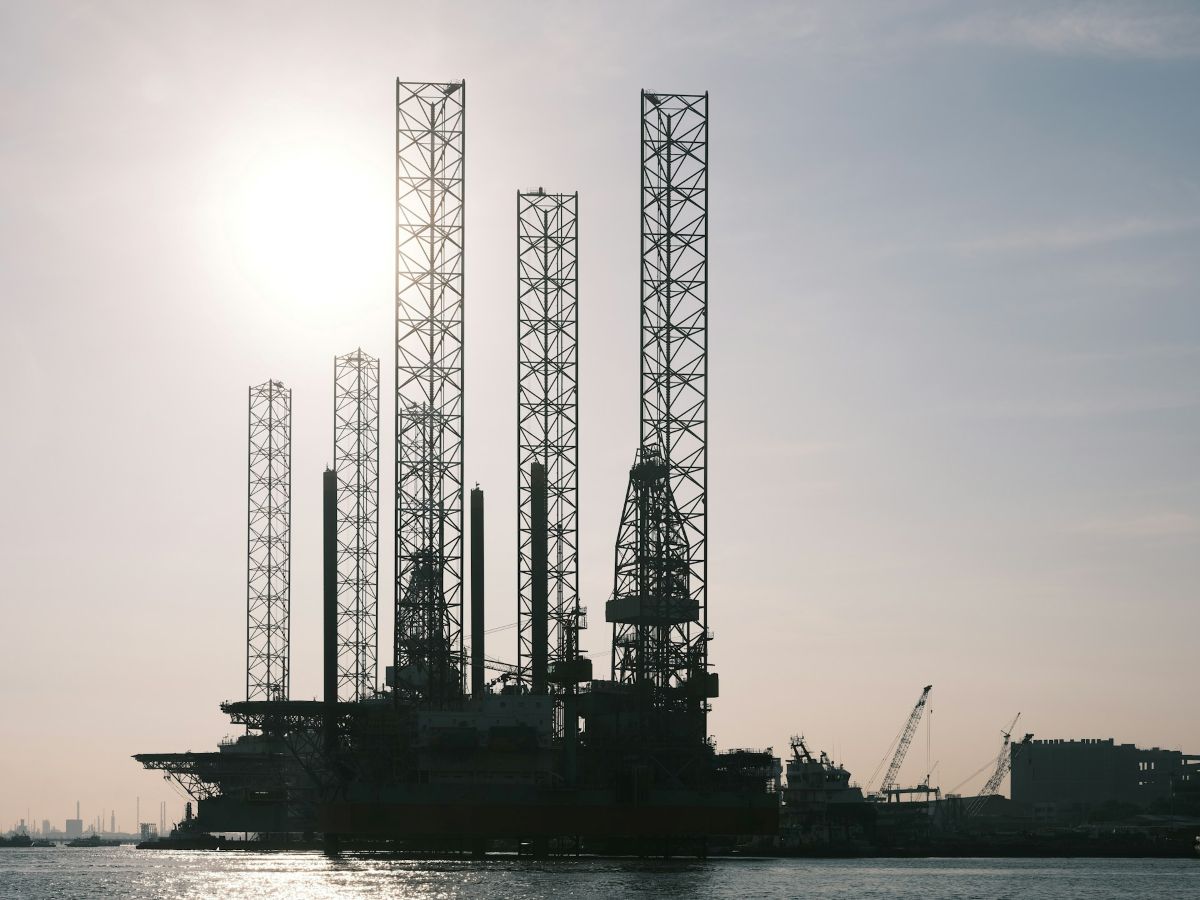Table of Contents
ToggleThailand agriculture has long been a defining pillar of the country’s economy, culture, and global trade relationships. For centuries, farming has sustained communities across the country’s lush plains and fertile river valleys, earning Thailand the enduring nickname “the Rice Bowl of Asia.” While agriculture’s share of GDP has gradually declined in favour of manufacturing and services, it remains a critical sector, employing a significant portion of the population and anchoring the country’s role as a global food supplier.
Today, Thailand is one of the world’s top exporters of rice, rubber, sugar, seafood, and tropical fruits. The sector is undergoing a transformative shift, driven by technological innovation, sustainable farming policies, and increasing integration into regional and global trade frameworks. For international businesses and investors, understanding the nuances of Thailand agriculture is key to identifying strategic opportunities and building long-term value in Southeast Asia.
Read our Thailand country guide
The Backbone of Rural Thailand
Despite urbanisation and industrialisation, agriculture remains deeply intertwined with daily life in Thailand. Over 30% of the population continues to work in the agricultural sector, primarily in rural areas that span the Central Plains, Northern Highlands, Northeastern Plateau (Isan), and Southern Peninsula. These regions each specialise in different types of agricultural production, reflecting the diversity of Thailand’s geography and climate.
Rice farming dominates the central and northeastern regions, where irrigation from the Chao Phraya and Mekong rivers supports intensive cultivation. In the north, cooler temperatures and higher altitudes provide ideal conditions for vegetables, tea, coffee, and high-value fruits. Southern Thailand, meanwhile, is known for its rubber and palm oil plantations, which thrive in the humid tropical climate. This geographical distribution contributes to a highly diversified agricultural sector that is both a domestic staple and a major export engine.
Rice: Cultural Legacy and Global Commodity
No discussion of Thailand agriculture would be complete without examining rice. Rice has an important role in the country. It’s a national symbol, a staple food, and a key export product. Thailand has long been known as the “Rice Bowl of Asia,” a title that reflects both its natural advantages and its role in regional food security. The central plains, nourished by the Chao Phraya River, offer ideal conditions for rice cultivation, with rich alluvial soils and ample irrigation infrastructure that allow for multiple harvests each year. Historically, Thailand’s consistent surplus meant it could export rice in large quantities while maintaining food security at home, even during times of drought or conflict in neighbouring countries. That reliability cemented its reputation as the region’s most important rice producer and supplier.
Thai jasmine rice, known locally as “Hom Mali,” is globally recognised for its fragrance and quality. Exported to markets across Asia, North America, and the Middle East, it commands premium prices and contributes significantly to the country’s agricultural revenue.
Thailand’s rice sector is also supported by government policies that aim to stabilise prices, improve irrigation, and support smallholder farmers. However, the industry also faces mounting pressure from climate change, labour shortages, and rising competition from regional players like Vietnam and India. As such, modernisation is now a priority. Government and private initiatives are promoting the use of drought-resistant seed varieties, precision agriculture tools, and blockchain-based supply chain tracking to maintain Thailand’s competitive edge in the rice market.
Read more: The Thailand Automotive Industry: Driving Southeast Asia’s Auto Ambitions
Rubber, Palm Oil, and Agro-Industrial Exports
While rice dominates the headlines, other commodities are equally vital to Thailand agriculture. The country is the world’s largest exporter of natural rubber, supplying major manufacturers in the automotive and industrial sectors. Most rubber is produced in the southern provinces, where plantations stretch across vast tracts of land and employ hundreds of thousands of workers. Rubber exports account for billions of dollars annually and represent a significant part of Thailand’s agro-industrial economy.
Palm oil production has also grown in importance, both for domestic consumption and export. Thailand is among the top producers globally, although it lags behind Indonesia and Malaysia in volume. Nonetheless, the industry has steadily expanded, driven by rising global demand for biofuels and vegetable oils. Thailand’s palm oil sector is increasingly focused on sustainability, responding to pressure from international buyers who require deforestation-free supply chains and labour compliance certifications.
Read more: Agriculture in Japan: A Sustainable Approach
Tropical Fruits and Global Demand
In recent years, Thailand agriculture has become increasingly associated with high-value tropical fruits. The country is the world’s top exporter of durian and a leading supplier of longan, mango, rambutan, mangosteen, and pineapple. These products have found enthusiastic markets across East Asia, particularly in China, where demand for exotic and premium fruits has surged. E-commerce platforms and trade agreements have made it easier than ever for Thai farmers to reach consumers abroad, often within days of harvest.
The fruit industry is also evolving rapidly, with farmers adopting controlled-environment agriculture, greenhouse systems, and smart irrigation techniques. These advances not only improve crop yields but also ensure consistency in quality—crucial for meeting international phytosanitary standards. Thailand’s focus on quality assurance and logistics efficiency has made it a trusted supplier to supermarkets and distributors worldwide, opening new doors for investors and service providers in agri-logistics and cold chain infrastructure.
Read more: Cultivating Prosperity: How the China Agriculture Industry Shapes the Future of Global Farming
Seafood, Aquaculture, and Sustainability Challenges
Thailand’s long coastline and abundant freshwater resources have made it a global player in aquaculture and seafood exports. The country is especially known for shrimp, tuna, and tilapia, which are shipped to markets in Japan, the U.S., and the EU. At its peak, Thailand was the world’s top shrimp exporter, though disease outbreaks and ethical concerns have since tempered that dominance.
In the past decade, the seafood sector faced international criticism over labour practices and illegal fishing. In response, the Thai government launched a series of reforms, including licensing systems, vessel monitoring, and collaboration with global certification bodies. These efforts have begun to restore international confidence, paving the way for a more transparent and sustainable seafood industry. Today, responsible sourcing and traceability are key themes in Thailand’s fisheries, attracting conscious buyers and ESG-focused investors alike.
Read more: The Agriculture Industry in Fiji: Growth, Opportunities, and Challenges
Agritech Innovation and the Thailand 4.0 Vision
As part of its broader economic transformation under the “Thailand 4.0” framework, the country is heavily investing in agricultural innovation. Agritech is now one of the fastest-growing sub-sectors within Thailand agriculture, encompassing everything from satellite imaging and drone monitoring to AI-powered crop analytics and smart irrigation systems. Startups and academic institutions are collaborating on new models of precision farming designed to increase efficiency while reducing environmental impact.
The government has also established special economic zones and innovation hubs that encourage foreign participation in agricultural R&D. Through grants, tax incentives, and partnerships with local universities, Thailand is working to position itself as a leader in smart and sustainable agriculture. These developments are particularly appealing to global agribusiness firms, climate tech startups, and logistics companies seeking to enter Southeast Asia through a forward-looking, innovation-friendly environment.
Free Trade Agreements and Regional Market Integration
Thailand’s robust network of free trade agreements makes it an attractive base for agri-exporters and manufacturers. Through ASEAN, Thailand enjoys preferential access to a combined market of over 650 million people. It has also signed bilateral trade agreements with countries like China, Australia, New Zealand, and Chile, and is actively pursuing an FTA with the European Union.
These trade deals reduce tariffs and streamline customs procedures, giving Thai agricultural exports a competitive advantage. Moreover, Thailand’s strategic location and advanced infrastructure—such as Laem Chabang Port and Suvarnabhumi Airport—enhance its appeal as a logistics and re-export hub. For foreign investors and companies seeking regional supply chain integration, Thailand offers a compelling mix of market access and operational efficiency.
Climate Change, Land Use, and Structural Challenges
While Thailand agriculture offers many strengths, the industry also faces persistent challenges. Climate change is one of the most pressing, with droughts, floods, and unpredictable weather patterns disrupting planting seasons and reducing yields. Water management has become a national priority, with the government investing in large-scale irrigation projects and promoting water-saving farming methods.
Land fragmentation and insecure tenure are other long-term issues. Many smallholders operate on plots that are too small or poorly titled to attract financing or invest in technology. These structural weaknesses limit productivity and make it difficult to scale innovation across the sector. Policymakers are working to address these concerns through land reform, cooperatives, and micro-financing programs—but progress is uneven and requires ongoing attention.
Unlocking Thailand Agriculture: How We Can Help
For companies looking to enter or expand within Thailand agriculture, success depends not only on market opportunity but also on operational agility and regulatory navigation. Whether you’re launching an agritech venture, partnering with local suppliers, or building a regional distribution base, having an experienced local partner can make the difference between traction and stagnation.
At Eos Global Expansion, we specialise in helping international businesses establish a compliant and scalable presence in Thailand and across Southeast Asia. As an Employer of Record (EOR) and expansion partner, we handle the complexities of hiring local talent, managing payroll, and ensuring regulatory compliance—so you can focus on growing your impact.
Start Expanding in Thailand with Confidence. With our over 15 years of experience in the Asian market, we’re sure to help you out. Check our full-range of EOR services here or book a free consultation now.
Photo by David Gardiner on Unsplash







